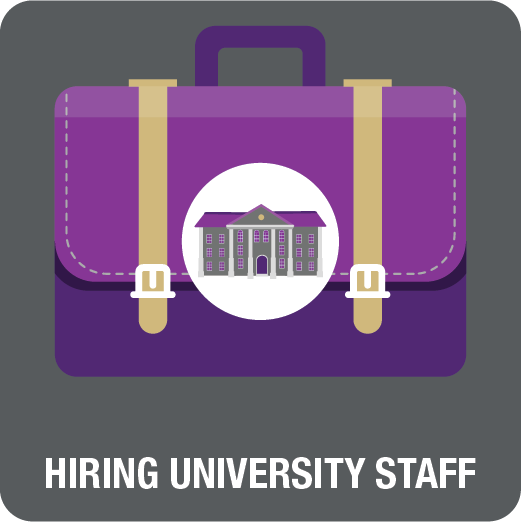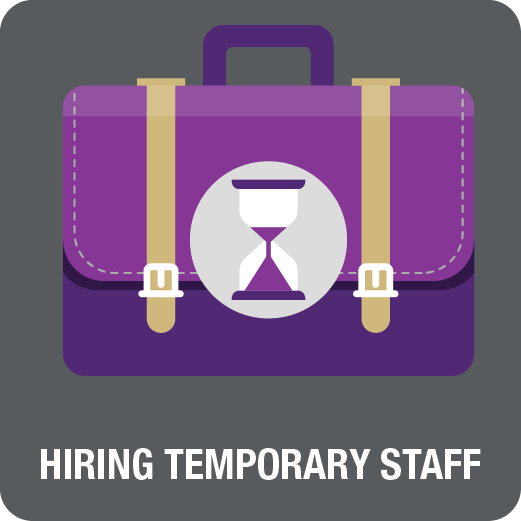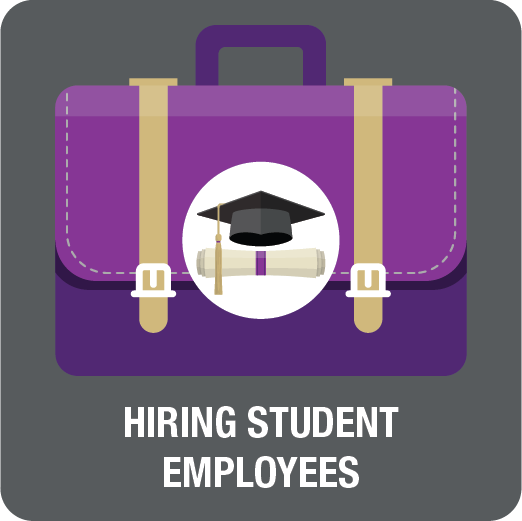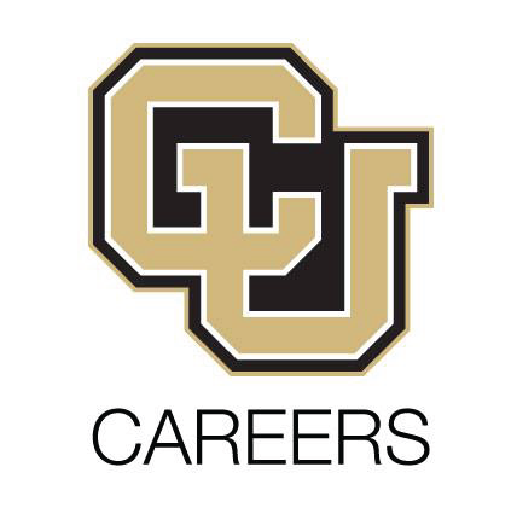CU System Human Resources can guide you in filling your open position — from setting an equitable salary to extending an offer. This site walks you through the process and ensures you comply with Regent law, university policy and federal and state regulations.
Click on a tile to learn more about hiring
Each tile opens a link within the CU System Connect SharePoint. Login is required.
Find your next position with CU Careers
Learn about each of our campuses and browse the latest job openings across the CU System.









